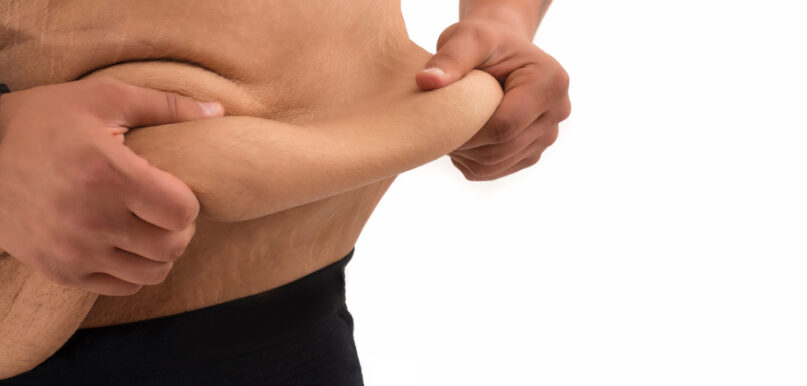Plastic Surgery After Weight Loss
You succeeded in keeping your New Year’s resolutions, now what?
It’s late spring and you now have lost your goal amount of weight. You may have successfully completed a rigorous regimen of diet and exercise. You now focus on fresh fruits, vegetables, and healthy proteins. But despite your success you now notice extra skin that may sag around your face, neck, upper arms, breasts and abdomen. Or perhaps you have reached goal weight but there are a couple of stubborn areas such as love handles or lateral thighs that won’t go away. It is at this point that the right procedure can help you overcome the limitations of skin elasticity or resistant fat pockets. Prior blogs have been written about CoolSculpting and its indication for persistent fat, here we’ll focus on surgical procedures for skin excess.
A few recommendations if you’re considering plastic surgery to help with skin excess:
- You should be done losing weight. Having surgery too early while you still have a lot of weight to lose may lead to less than optimal results.
You should have a healthy diet that will offer the nutritional support necessary for healing.
- You should not smoke (or have quit at least six weeks before surgery); smoking slows down the healing process and increases the risk of infection and serious complications during and after surgery.
- You have mental stamina, patience, and realistic expectations. While surgery provides marked improvements, it will not return the body to pre-weight gain shape or tone.
Common procedures after weight loss
The most common procedures that are associated with weight loss are: panniculectomy, abdominoplasty, breast lift, breast augmentation and brachioplasty (upper arm lift).
The panniculectomy removes the overhanging apron of skin of the lower abdomen (or “pannus”) that typically occurs after weight loss. Excess skin and fat only below the belly button are removed to eliminate the overhang. An abdominoplasty on the other hand allows removal of excess skin even above the belly button by working around it. This procedure will provide a more extensive result when combined with a muscle plication in cases where the rectus muscles are separated (known as a diastasis).
Breast lift can make a big difference for women who have had moderate loss in size combined with a significant degree of sagging. The skin of the breast is tailored to form a more compact shape which is associated with a younger breast. In cases of severe volume loss it may be desirable to add a submuscular implant to achieve fullness.
A brachioplasty–or upper arm lift—is often necessary because with weight loss (and aging), the upper arms tend to become loose and flabby. The surgeon removes excess skin and fat using a scar along the inner aspect of the biceps to give the upper arm a more pleasing, youthful contour.
Other procedures can be used to further sculpt the body, depending on goals:
- Liposuction to suction away persistent fat and improve the contour of flanks, hips, chest, thighs, neck, upper arms, and knees.
- A breast reduction for gynecomastia or male breast reduction to reduce the amount of fat and flatten the breast in men.
- Thigh lift, or thighplasty, to remove extra skin and fat especially in cases where the inner thigh skin hangs down due to the weight loss and age.
After the surgery
Post surgery, you can expect to be bandaged, wear compression garments, and have some surgical drains (depending on the type of surgery). There may be some pain and numbness after the anesthesia wears off, especially in the first week. Recovery progresses to a more active stage after two to three weeks once any sutures and drains are removed. It may be four to six weeks before you can return to being a gym rat without restrictions.
Swelling and numbness may take weeks and even months to resolve. While you will have scars, most surgeons are very careful to place scars in natural folds, where they are the least visible. It may take anywhere from three months to over a year for scars to fade and flatten.
Despite the rigors of surgery, most patients feel thrilled to finally move on after adopting better eating and exercise habits followed by the reward of removing unwanted skin.






